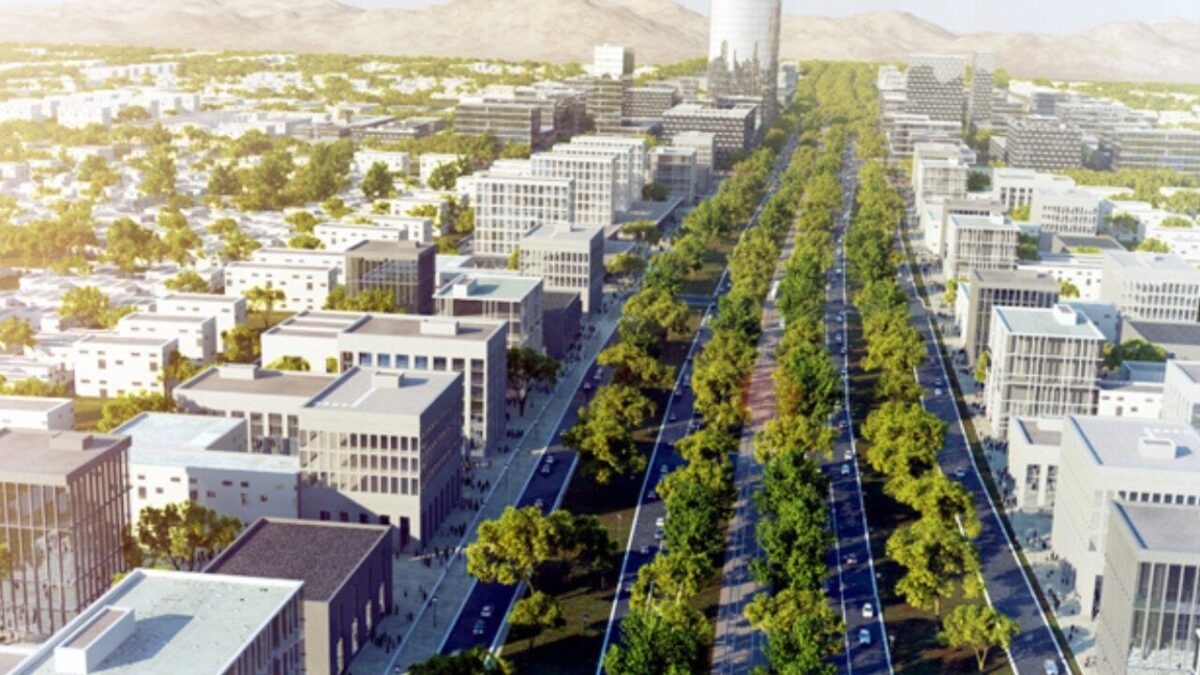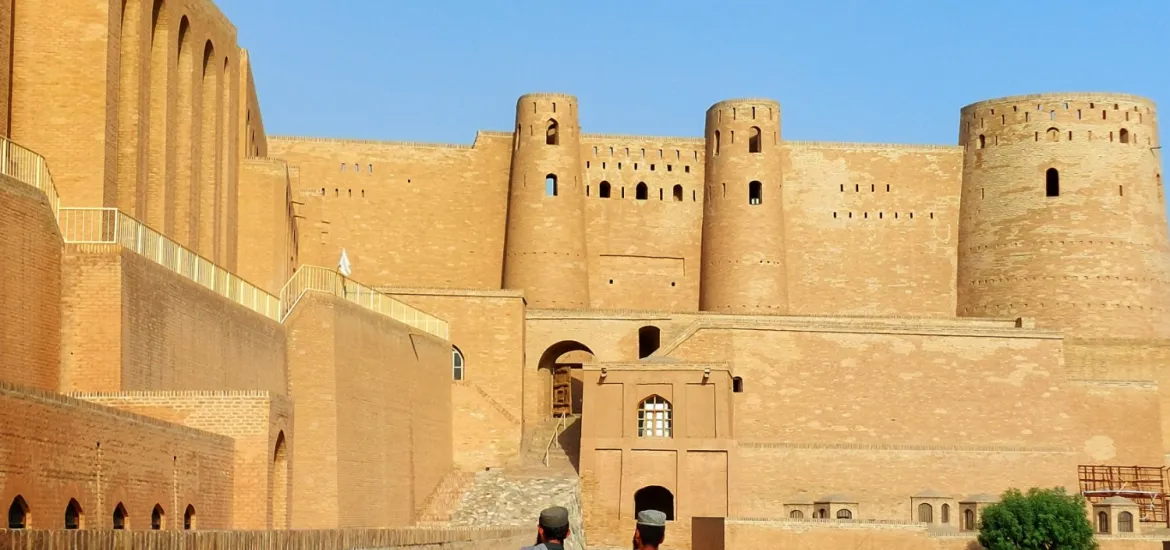Kabul, city, capital of the province of Kabul and of Afghanistan. The largest urban centre in the country and also its political and economic hub, the city forms one of several districts of Kabul province. It lies at the intersection of roads that lead to Uzbekistan (via Mazār-e Sharīf) to the north, Pakistan (via Jalālābād) to the east, and Kandahār to the south. A settlement has existed at or near Kabul for some 3,500 years, but it was not until the early 20th century that the city extended north of the Kabul River. This growth continued through the 1980s, when villagers from areas affected by the Afghan War (1978–92) migrated to the relative safety of Kabul. Fighting between factions who occupied the city in 1992 resulted in significant damage and displacement of the urban population. The city has witnessed unprecedented growth since the U.S.-led invasion of the country in 2001 in response to the September 11 attacks.
Kabul, city, capital of the province of Kabul and of Afghanistan. The largest urban centre in the country and also its political and economic hub, the city forms one of several districts of Kabul province. It lies at the intersection of roads that lead to Uzbekistan (via Mazār-e Sharīf) to the north, Pakistan (via Jalālābād) to the east, and Kandahār to the south. A settlement has existed at or near Kabul for some 3,500 years, but it was not until the early 20th century that the city extended north of the Kabul River.

